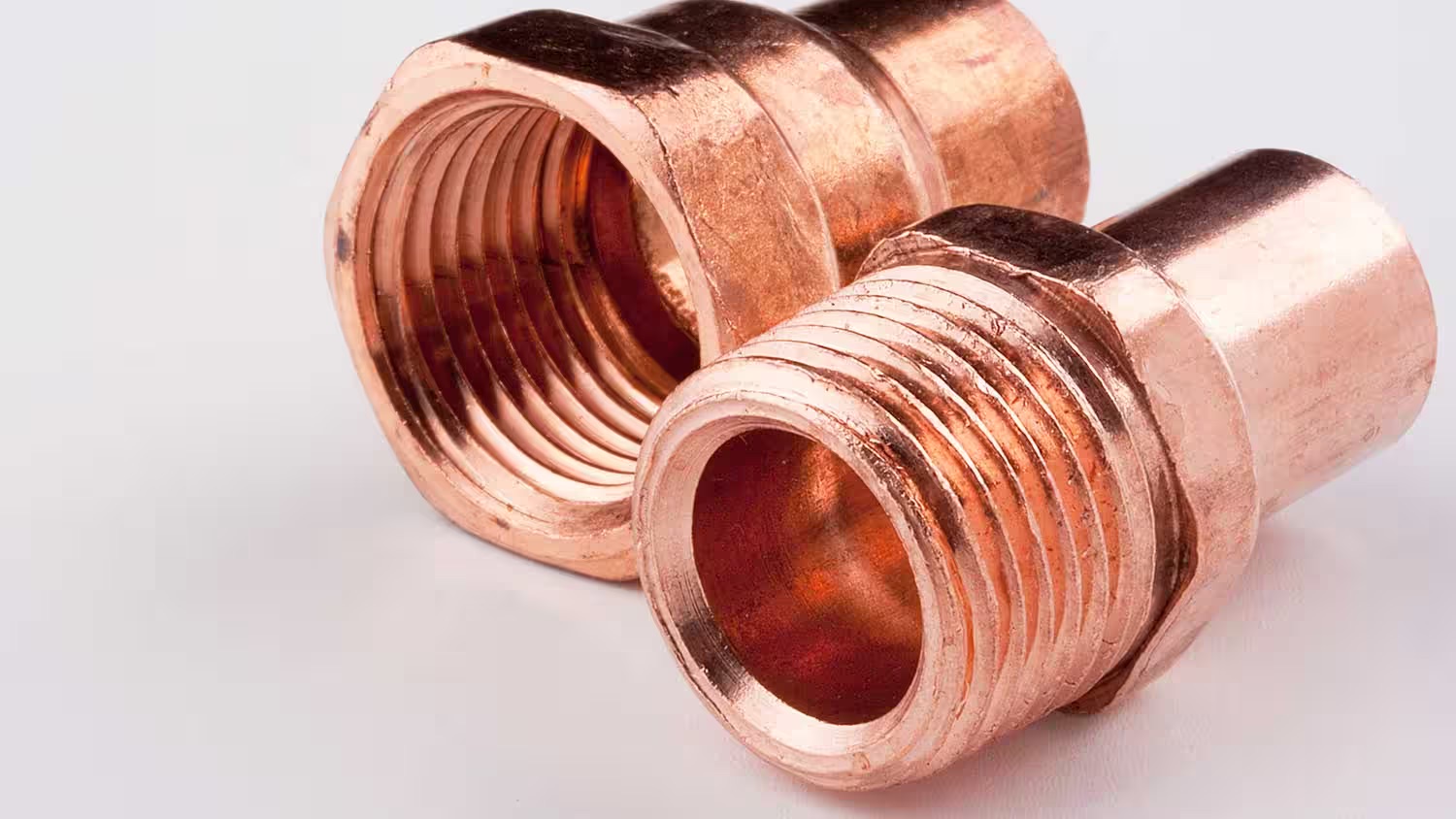

Articles
How To Measure Plumbing Pipe Size
Modified: January 8, 2024
Learn how to accurately measure the size of plumbing pipes with our informative articles. Discover techniques and tips to ensure precise fitting and installation.
(Many of the links in this article redirect to a specific reviewed product. Your purchase of these products through affiliate links helps to generate commission for Storables.com, at no extra cost. Learn more)
Introduction
Measuring the size of plumbing pipes is an essential task in various scenarios, such as repairing or replacing pipes, planning new plumbing installations, or determining pipe compatibility for fittings and connections. Accurate measurements ensure that the right-sized pipes are used, resulting in efficient and functional plumbing systems.
When it comes to measuring plumbing pipe size, there are several key measurements to consider. These include the pipe’s diameter, circumference, area, and length. Each measurement serves a different purpose and provides valuable information for plumbing professionals and DIY enthusiasts alike.
In this article, we will explore different methods to measure the size of plumbing pipes accurately. We will discuss the tools and equipment needed and provide step-by-step instructions for each measurement method. By the end, you will have a comprehensive understanding of how to measure plumbing pipe size efficiently and confidently.
Before we dive into the specifics, it’s essential to note that plumbing pipes come in various materials, such as copper, PVC, PEX, and galvanized steel. While the methods we will discuss can generally be used for all pipe types, the tools and techniques may vary slightly depending on the pipe material. It’s crucial to familiarize yourself with the specific requirements for the type of pipe you are working with.
Now, let’s gather our measuring tools and equipment and get started with measuring plumbing pipe size!
Key Takeaways:
- Accurate measurement of plumbing pipe size is crucial for efficient plumbing systems. Methods include measuring diameter, circumference, area, and length, each serving different purposes and providing valuable information for plumbing projects.
- Gathering the right tools, such as tape measures, digital calipers, and flexible measuring tapes, is essential for precise measurements. Following specific guidelines for different pipe materials ensures accurate sizing and successful plumbing projects.
Read more: What Is The Right Pipe Size For Plumbing
Measuring Tools and Equipment Needed
Before you begin measuring the size of plumbing pipes, it’s vital to gather the necessary tools and equipment. Having the right tools at hand will ensure accurate measurements and a smooth measurement process. Here are the essential tools you will need:
- Tape Measure: A reliable tape measure is an absolute must-have when measuring plumbing pipe size. Look for a tape measure with clear and easy-to-read markings, preferably in both imperial (inches) and metric (centimeters) units. A tape measure with a lock mechanism will also come in handy for accurately measuring lengthy pipes.
- Digital Calipers: Digital calipers are precision measuring instruments that can provide accurate measurements of pipe diameters. They are particularly useful when working with smaller pipes or situations where precision is critical. Look for a caliper with a wide measuring range and a clear digital display for easy reading.
- String or flexible measuring tape: In some cases, where the pipe is located in tight or hard-to-reach spaces, using a string or flexible measuring tape can help determine the circumference or length of the pipe. The string or tape can later be measured using a standard tape measure to determine the pipe size.
- Marker or pencil: It’s essential to have a marker or pencil on hand to mark the measurement points on the pipe or record the measurements on paper. This will ensure accuracy and prevent confusion when referring to the measurements later.
- Protective Gloves and Safety Equipment: Working with plumbing pipes may involve sharp edges or potentially harmful substances. Always wear protective gloves and safety equipment such as safety glasses to ensure your safety during the measurement process.
By having these tools readily available, you will be well-prepared to measure the size of plumbing pipes accurately and efficiently. Now, let’s move on to the various methods for measuring pipe size.
Method 1: Measuring Pipe Diameter
Measuring the diameter of a plumbing pipe is a straightforward process using a tape measure or digital calipers. This method is commonly used when determining the correct size for fittings or replacements. Here’s how you can measure the pipe diameter:
- First, ensure the pipe is clean and free from any obstructions, debris, or fittings that may interfere with accurate measurement.
- Place the tape measure or digital calipers perpendicular to the pipe at any point along its circumference.
- Extend the tape measure or digital calipers across the widest part of the pipe, ensuring it covers the diameter from one edge to the opposite edge.
- Read the measurement from the tape measure or digital caliper display. If using a tape measure, locate the zero point on one edge and note the measurement where the other edge aligns.
- Repeat this process at several points along the pipe’s length to ensure consistency in the measurements. Note that most plumbing pipes have a consistent diameter, but there may be minor variations due to manufacturing tolerances.
- Record the measurements obtained and take note of the average diameter if multiple measurements have been taken. This will provide an accurate representation of the pipe’s diameter.
Using this method, you can easily determine the diameter of a plumbing pipe, which will be crucial when selecting appropriate fittings or replacement pipes. Remember to refer to the specific pipe sizing standards for the type of material you are working with, as different pipe materials may have different sizing guidelines.
Now that we have covered measuring the pipe diameter, let’s move on to the next method – measuring the pipe circumference.
Method 2: Measuring Pipe Circumference
Measuring the circumference of a plumbing pipe is an alternative method to determine its size. It can be particularly useful when working with larger pipes or pipes with irregular shapes. Here’s how you can measure the pipe circumference:
- Ensure the pipe is clean and free from any obstructions or debris that may affect the accuracy of the measurement.
- Take a flexible measuring tape or a string and wrap it around the pipe, following its curved surface.
- Make sure the measuring tape or string is snugly wrapped around the pipe without stretching or distorting it.
- Once the measuring tape or string has completed a full circle around the pipe, mark the point where it overlaps.
- Remove the measuring tape or string from the pipe and lay it flat on a surface.
- Measure the length between the starting point and the marked point on the measuring tape or string.
- Record the measurement obtained, which represents the circumference of the pipe. This measurement is important when selecting appropriate pipe fittings or determining compatibility with other plumbing components.
It’s worth noting that while measuring the circumference can provide useful information about the pipe size, you will need to calculate the diameter or radius from the circumference if those specific measurements are required. Simply divide the circumference by π (pi) to obtain the diameter or divide the circumference by 2π to obtain the radius.
By using this method, you can accurately measure the circumference of a plumbing pipe, allowing for proper selection of fittings and understanding the pipe’s size.
Now, let’s move on to the next method – measuring the pipe area.
When measuring the size of a plumbing pipe, use a tape measure to determine the outside diameter of the pipe. This measurement will help you identify the correct size for fittings and replacements.
Method 3: Measuring Pipe Area
Measuring the area of a plumbing pipe provides a comprehensive understanding of its size and can be helpful when determining flow capacity or pressure requirements. Here’s how you can measure the pipe area:
- Make sure the pipe’s diameter has been accurately measured using Method 1 or Method 2, as discussed previously.
- Using the formula for the area of a circle (A = π * r2) or the area of a cylinder for pipes with thickness (A = π * (r2 – ri2)), calculate the pipe’s area using the measured diameter and any relevant information about the pipe thickness.
- If you have already measured the pipe diameter, simply plug the value into the formula to calculate the area. If the pipe has a thickness, subtract the inner radius squared (ri2) from the outer radius squared (r2) before multiplying by π.
- Round the calculated area to the appropriate decimal place based on the level of precision needed.
- Record the calculated area, which represents the surface area of the pipe. This measurement is particularly useful when determining flow rates or pressure drop calculations.
Measuring the area of a plumbing pipe provides valuable information about its size and helps in understanding its flow capacity. It also aids in choosing the appropriate pipe size for specific applications and ensures that the plumbing system functions optimally.
Now that we have covered measuring the pipe area, let’s move on to the final method – measuring the pipe length.
Read more: How To Replace Plumbing Pipes
Method 4: Measuring Pipe Length
Measuring the length of a plumbing pipe is essential for planning installations, determining material requirements, or assessing the extent of pipe replacements. Here’s how you can measure the pipe length:
- Ensure the pipe is clean and free from any obstructions or fittings that may affect the accuracy of the measurement.
- Using a tape measure or a measuring device, place one end at the starting point of the pipe.
- Extend the tape measure along the entire length of the pipe, following its curved or straight path.
- Once you reach the end of the pipe, note the measurement indicated on the tape measure or measuring device.
- Record the measurement obtained, which represents the length of the pipe.
It’s important to note that measuring the pipe length accurately can be more challenging in certain situations, such as when dealing with complex pipe systems, pipes that are hidden within walls or floors, or pipes that have multiple angles or bends. In such cases, it may be necessary to use other methods, such as tracing the path of the pipe or measuring between reference points.
When measuring the length of a pipe that is part of a larger plumbing system, be sure to account for any fittings or connections that may add additional length to the overall measurement. Including these fittings will ensure an accurate representation of the total length required.
By accurately measuring the length of the plumbing pipe, you can ensure proper material planning, precise installation, and efficient replacement processes.
Now that we have covered the various methods for measuring pipe size, let’s conclude our discussion.
Conclusion
Measuring the size of plumbing pipes is a fundamental task that is crucial for various plumbing activities, including repairs, installations, and replacements. By accurately measuring the pipe size, you can ensure compatibility with fittings, determine flow capacities, and optimize the functionality of your plumbing system.
In this article, we explored four methods for measuring plumbing pipe size – measuring the diameter, measuring the circumference, measuring the area, and measuring the length. Each method provides valuable information about the pipe’s size and serves different purposes depending on the specific needs of your project.
We discussed the essential tools and equipment needed for accurate measurements, including tape measures, digital calipers, flexible measuring tapes, and markers or pencils. These tools, combined with proper safety equipment, ensure a smooth and precise measurement process.
Whether you choose to measure the diameter using a tape measure or digital calipers, measure the circumference with a string or flexible measuring tape, calculate the area based on the diameter or thickness, or measure the length using a tape measure, each method has its own advantages and applications.
Remember, it is essential to refer to the specific pipe sizing standards and guidelines for the type of pipe material you are working with, as different materials may have variations in sizing conventions and tolerances.
By following the step-by-step instructions provided in this article and selecting the appropriate method for your specific needs, you can accurately measure the size of plumbing pipes and ensure the success of your plumbing projects.
So, the next time you find yourself in need of measuring a plumbing pipe, be confident in your ability to determine the diameter, circumference, area, or length accurately. With the proper tools and methods at your disposal, you can approach your plumbing projects with precision and expertise.
Frequently Asked Questions about How To Measure Plumbing Pipe Size
Was this page helpful?
At Storables.com, we guarantee accurate and reliable information. Our content, validated by Expert Board Contributors, is crafted following stringent Editorial Policies. We're committed to providing you with well-researched, expert-backed insights for all your informational needs.
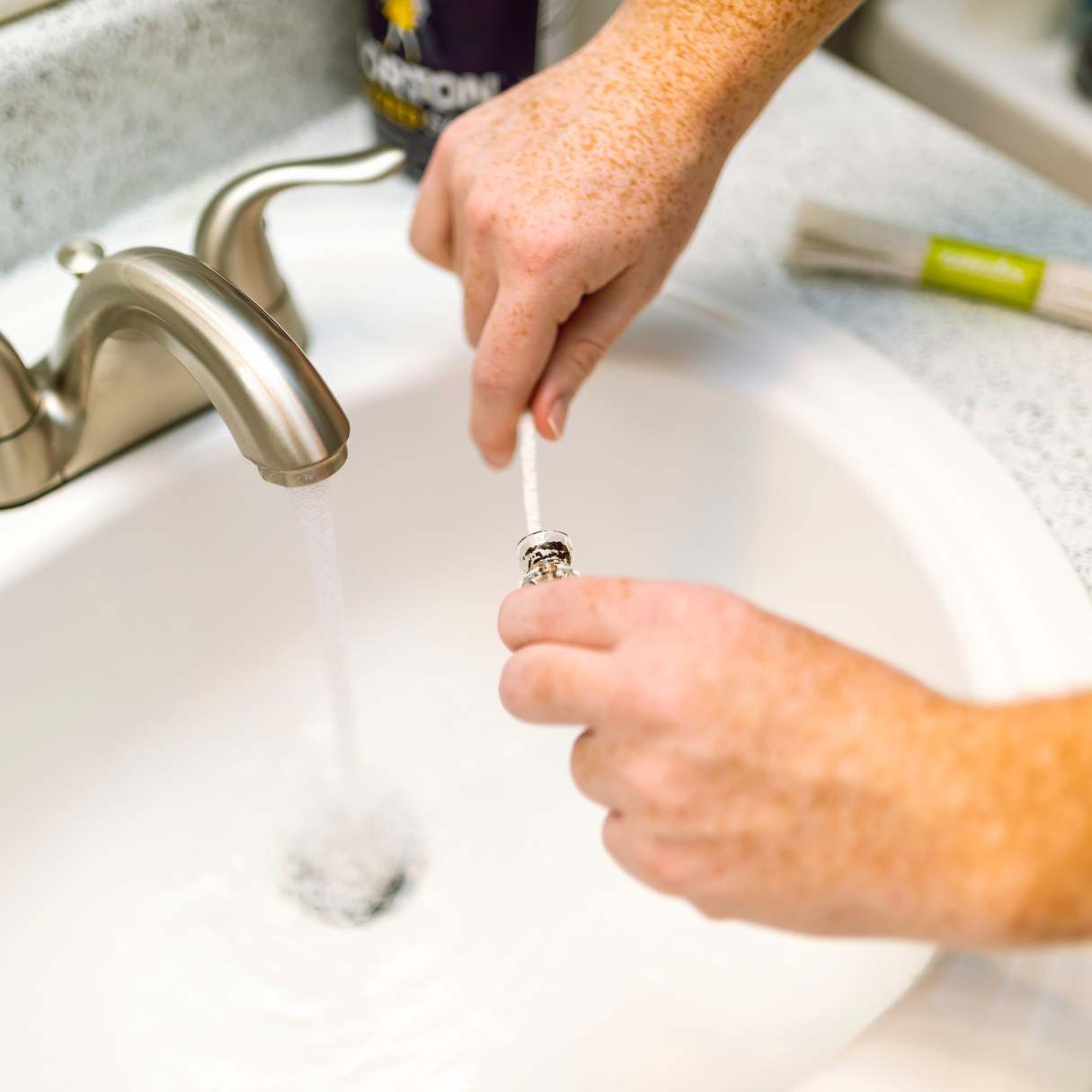
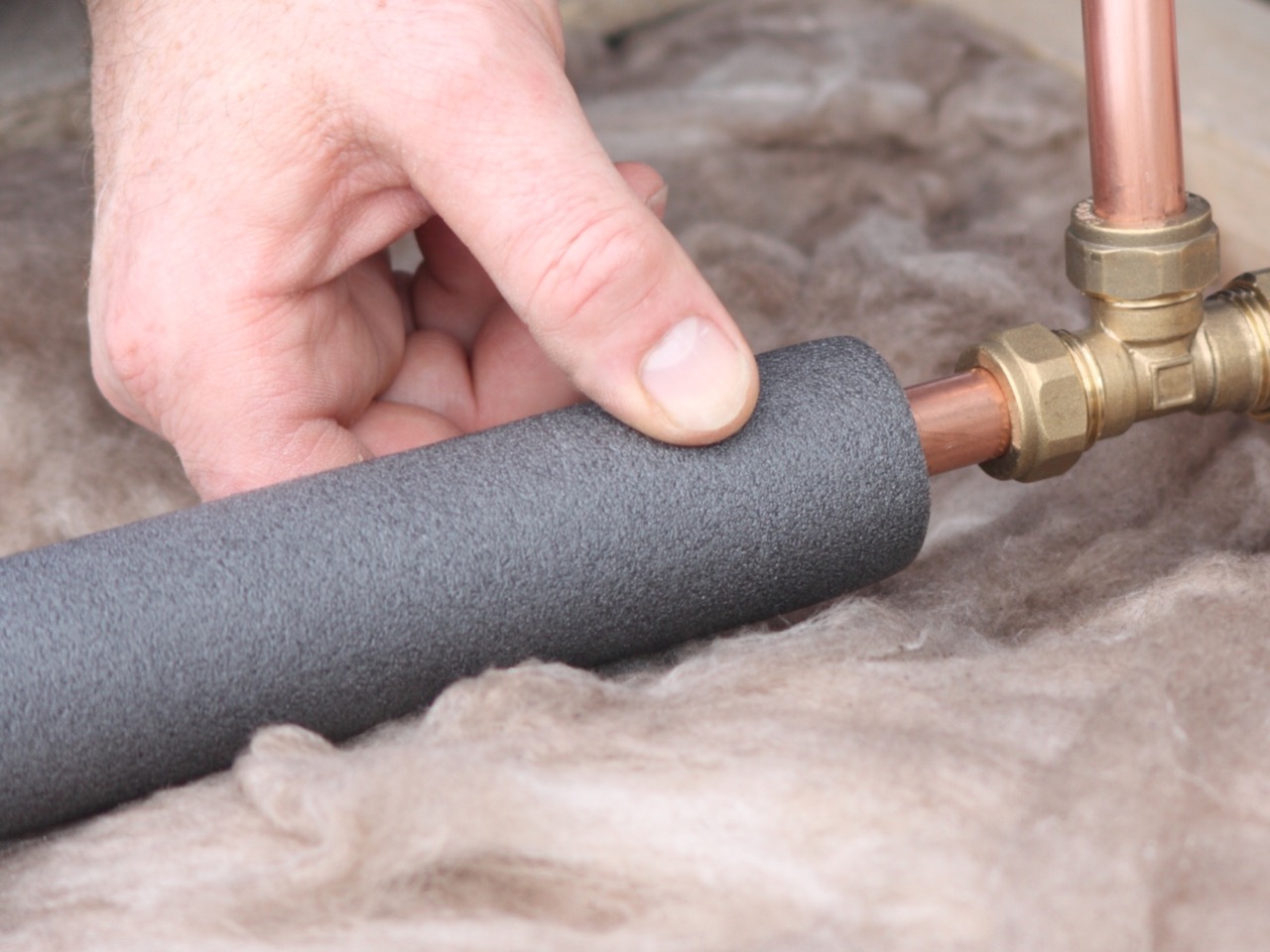
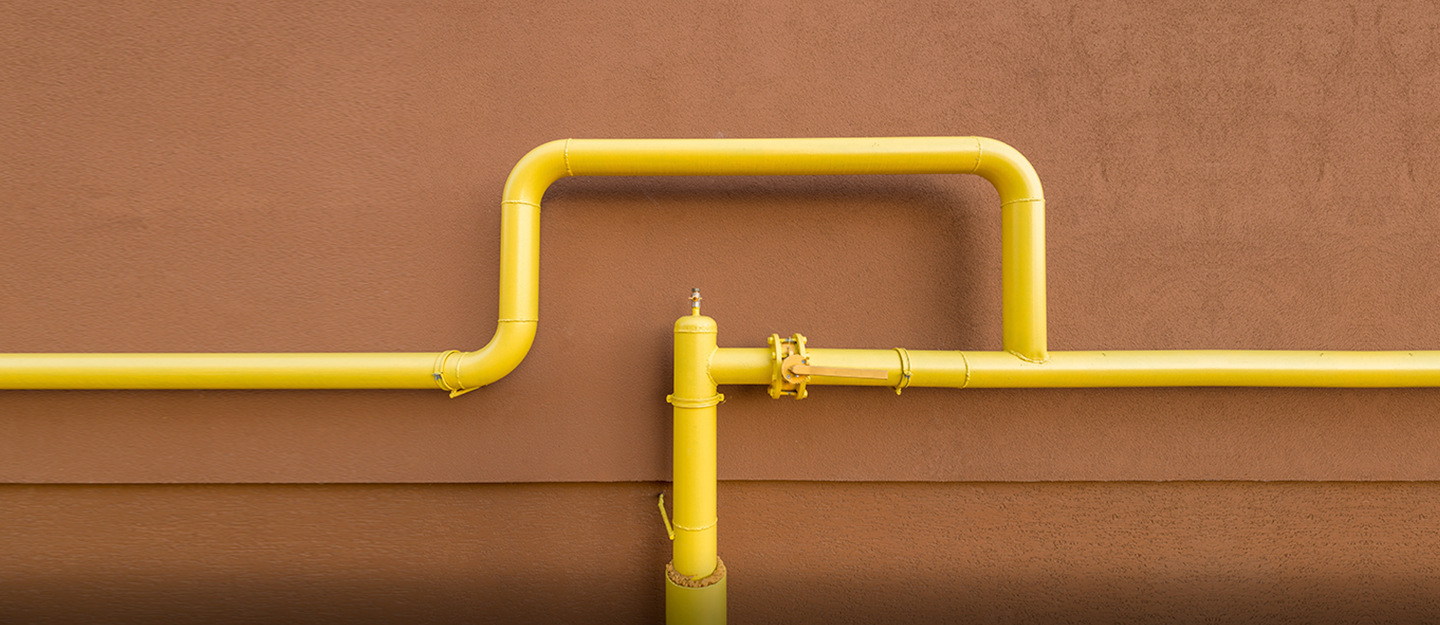
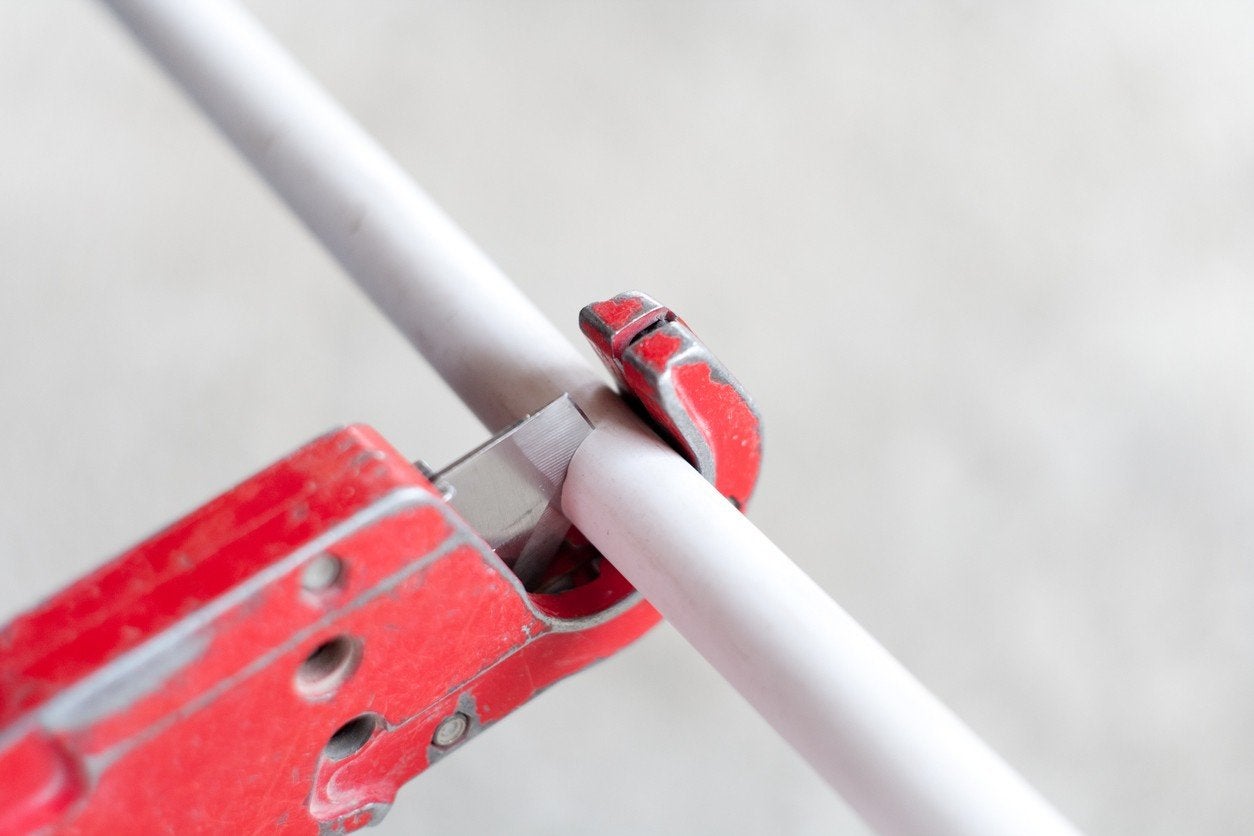
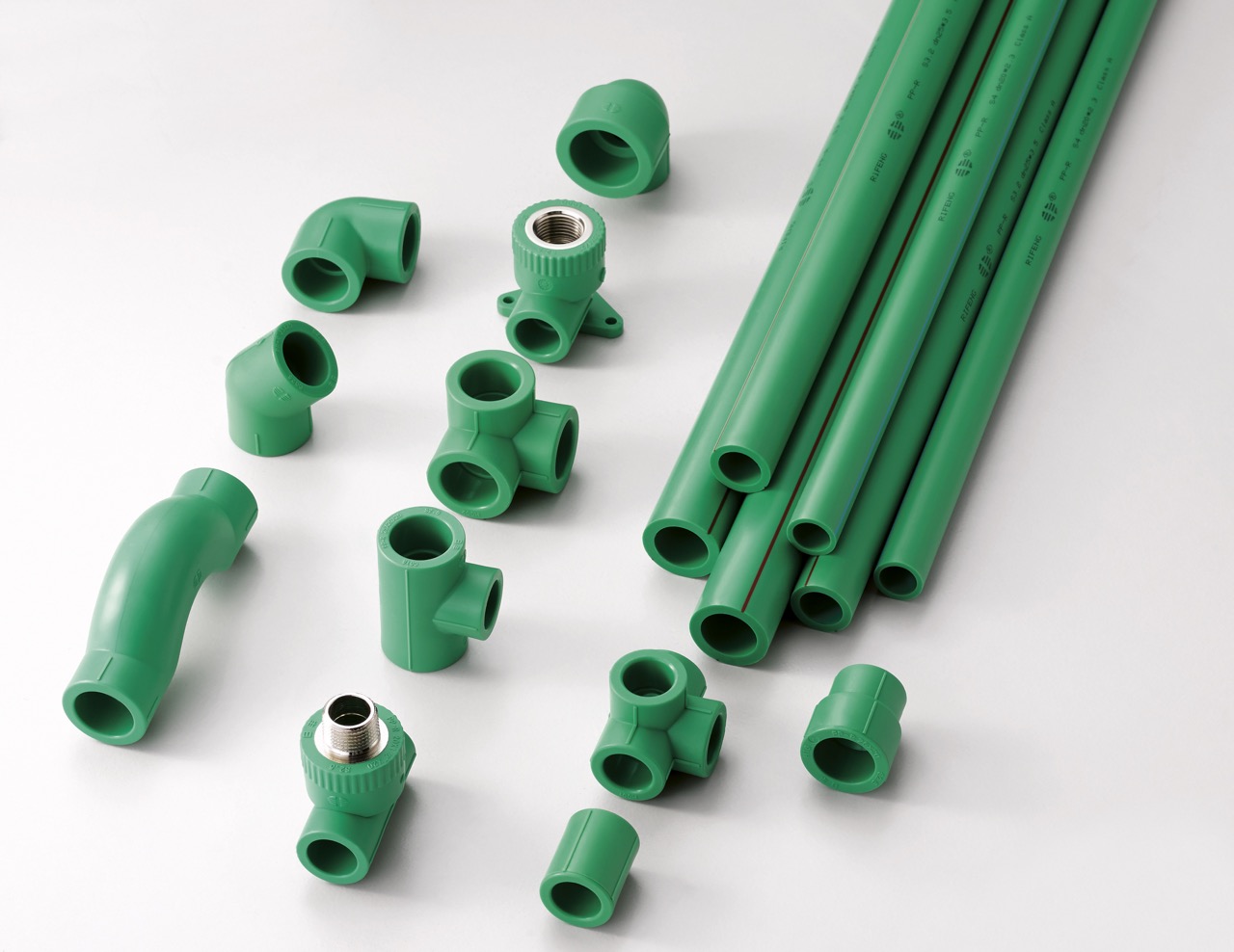
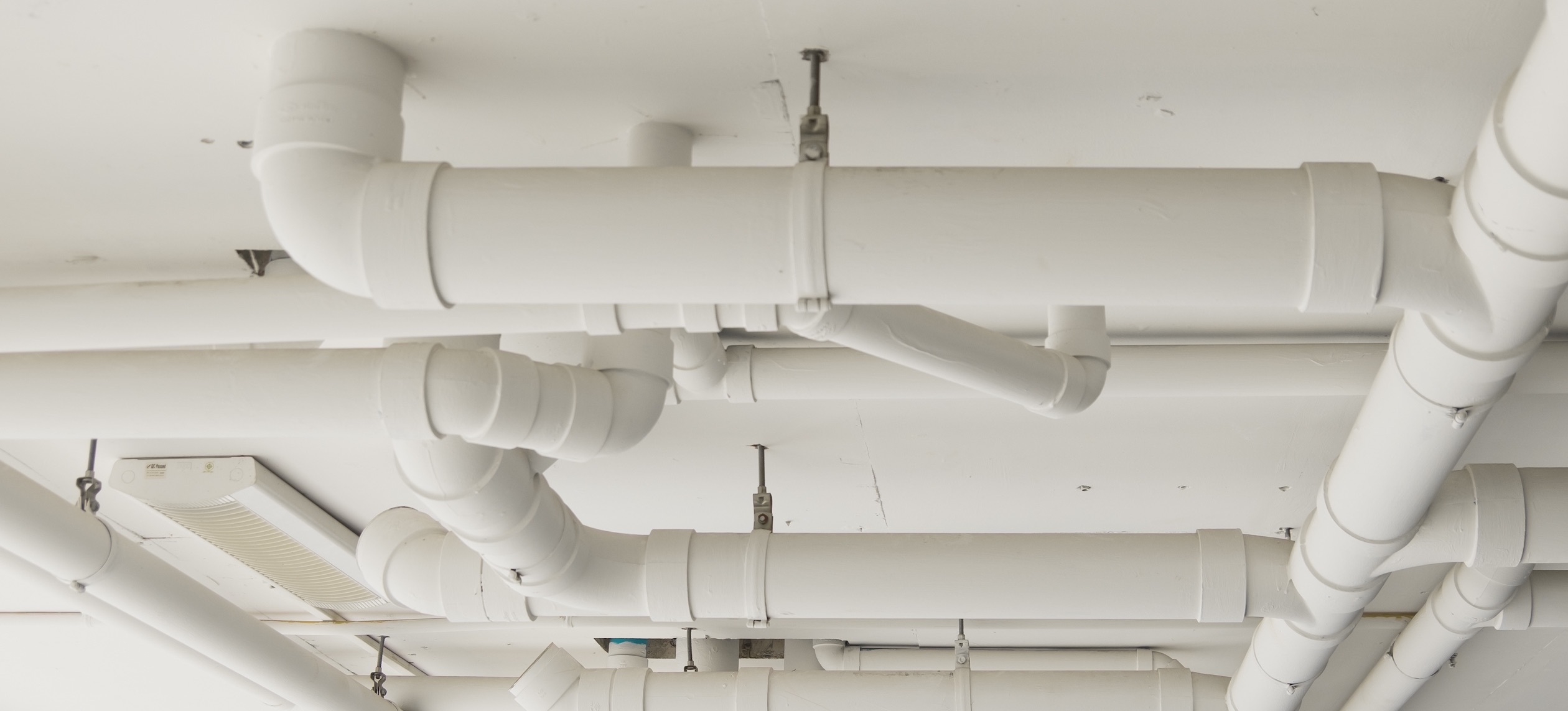
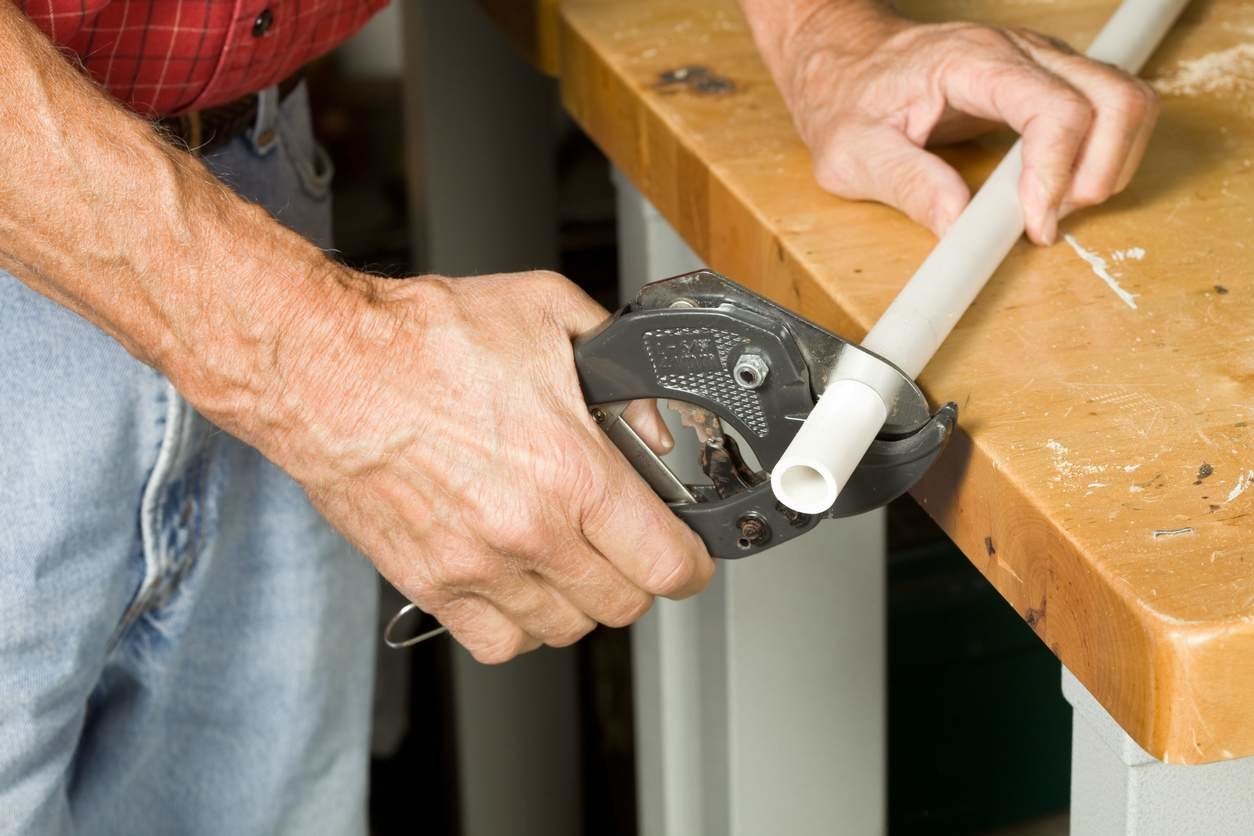
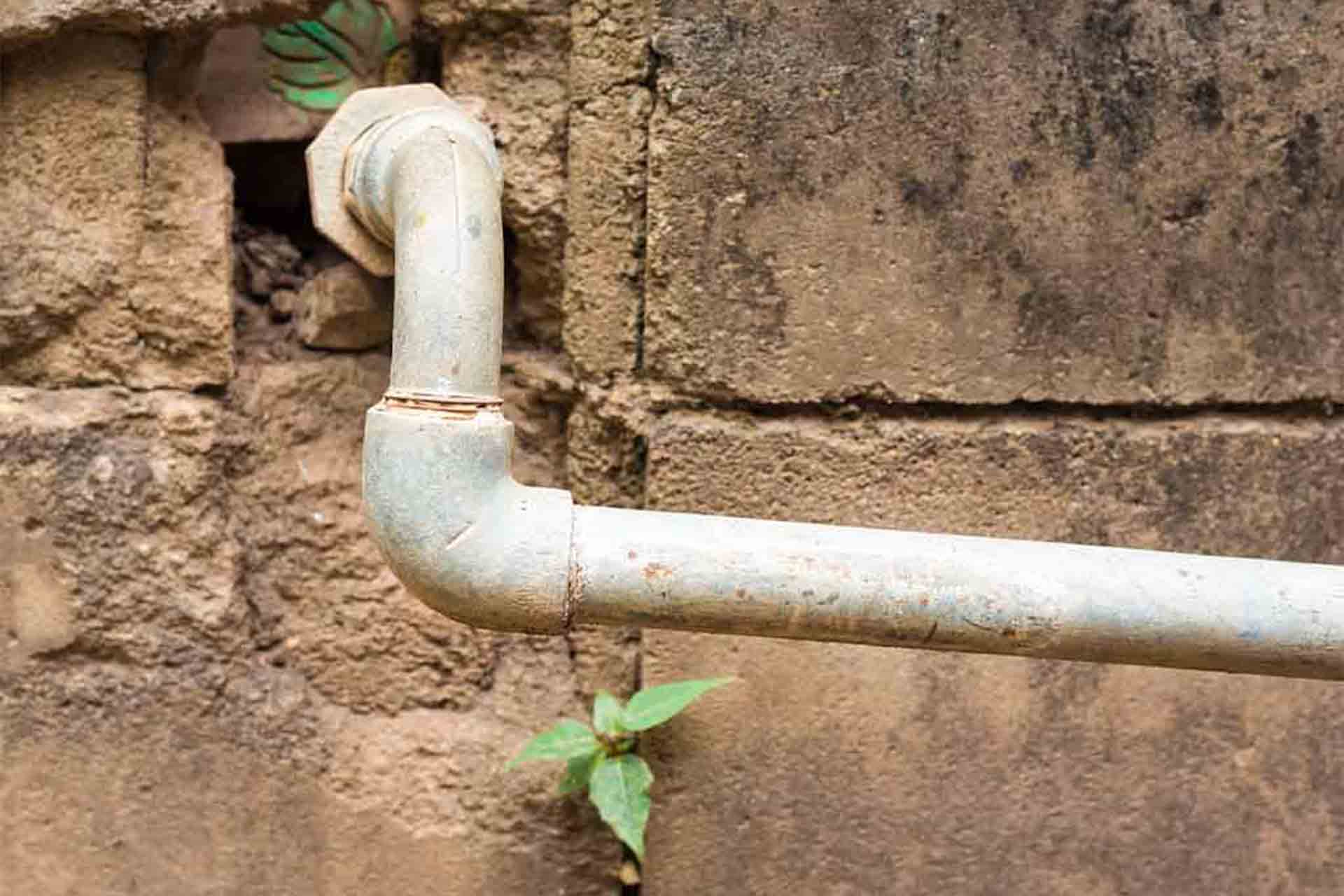
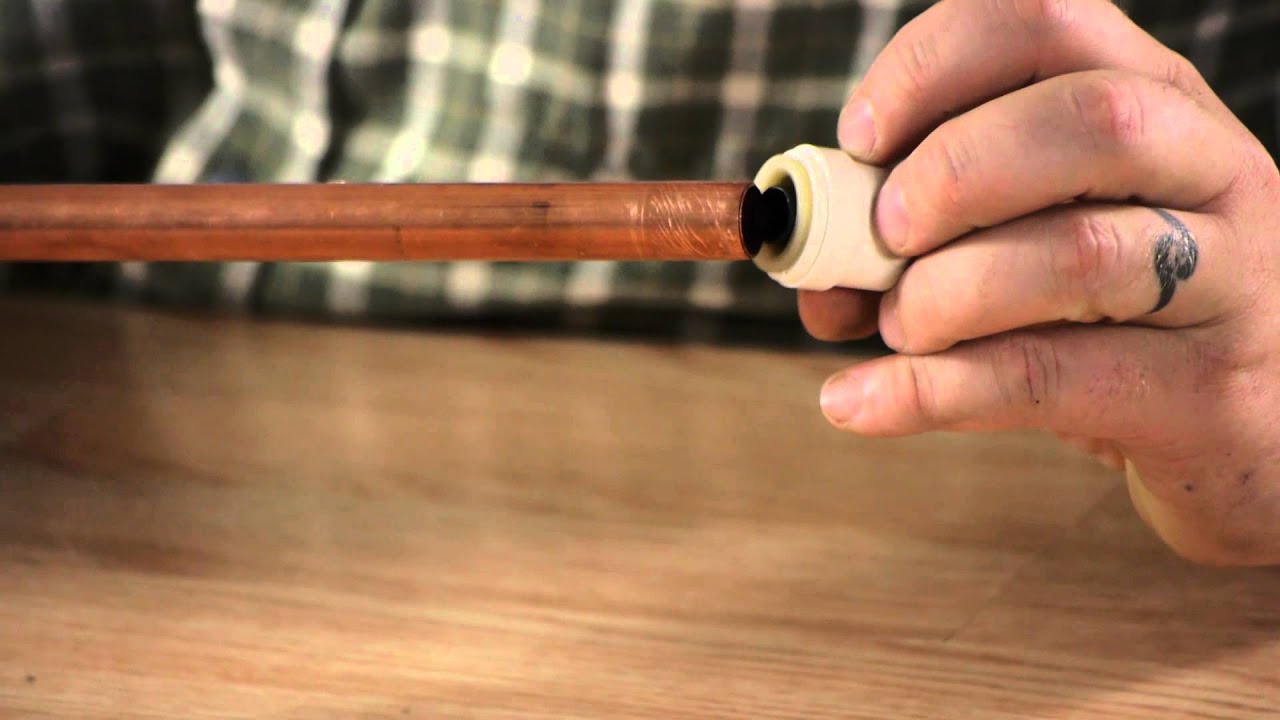
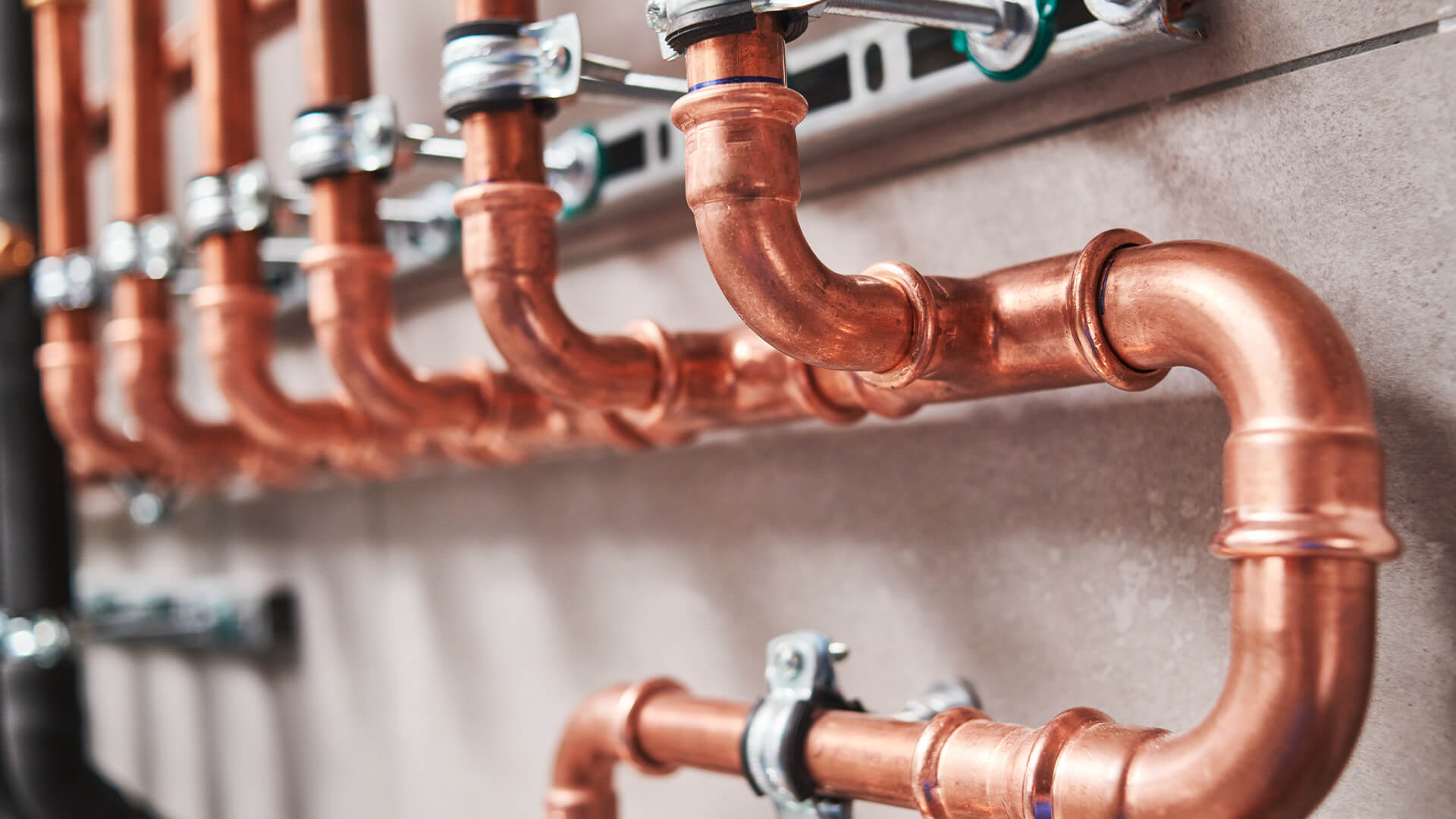
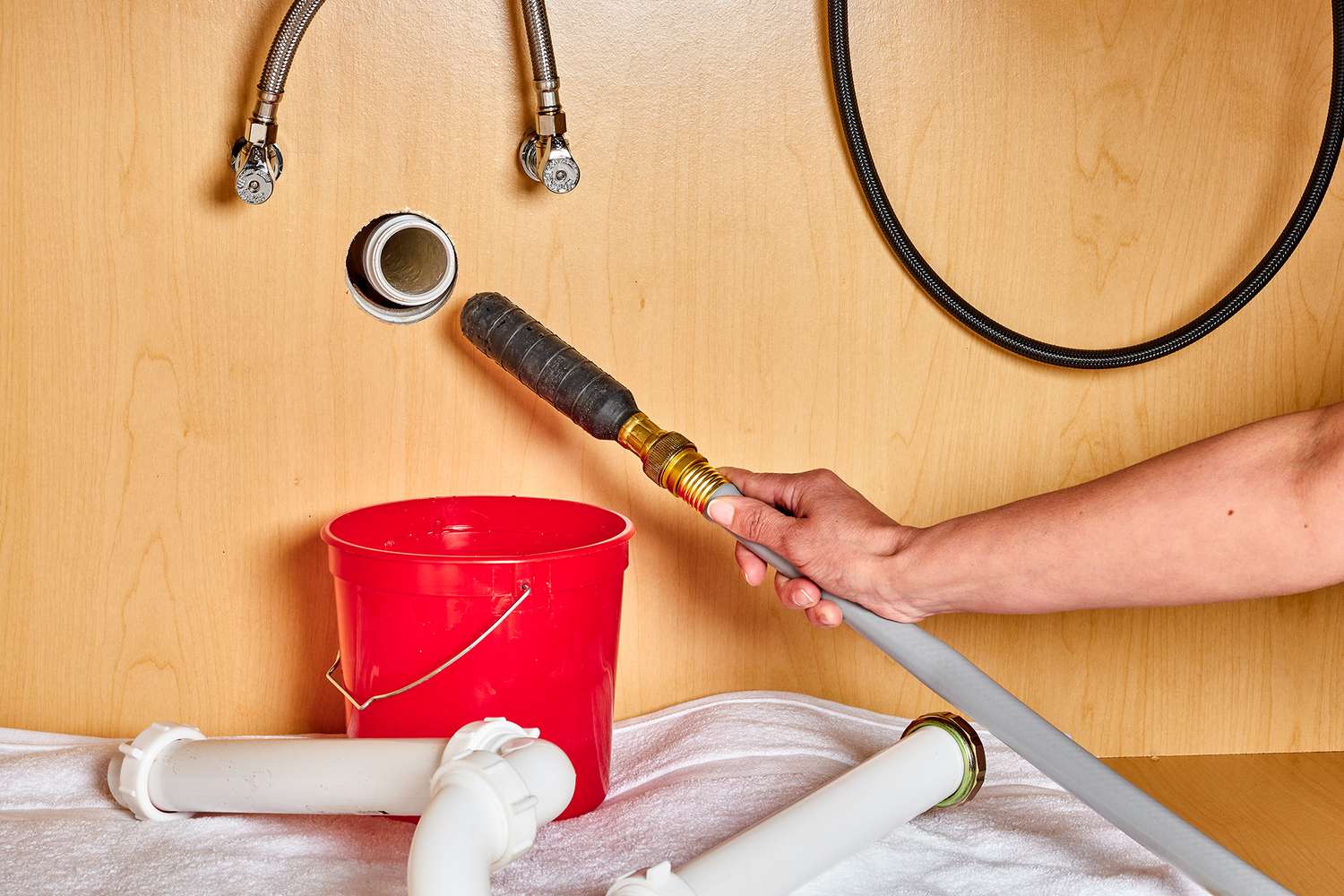
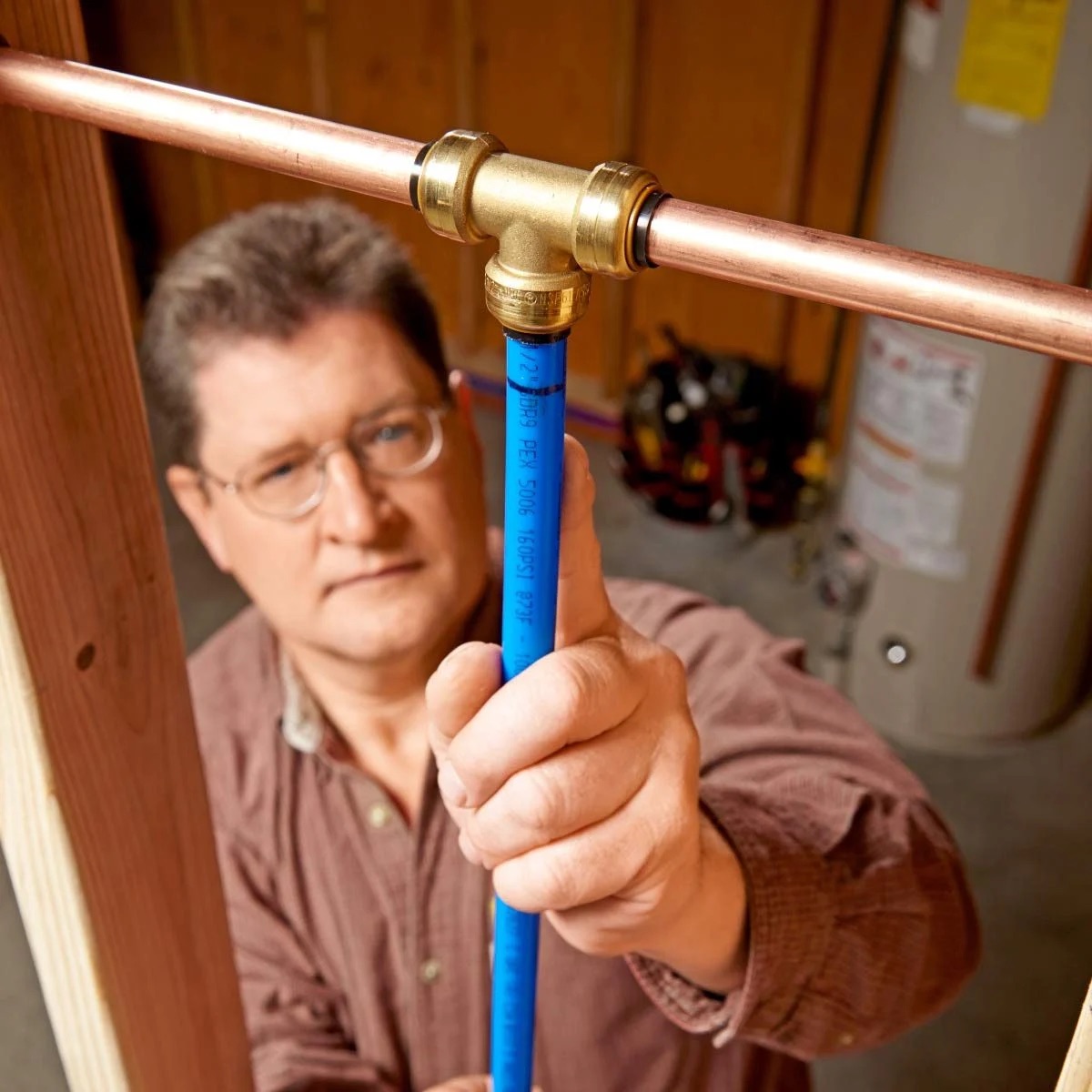
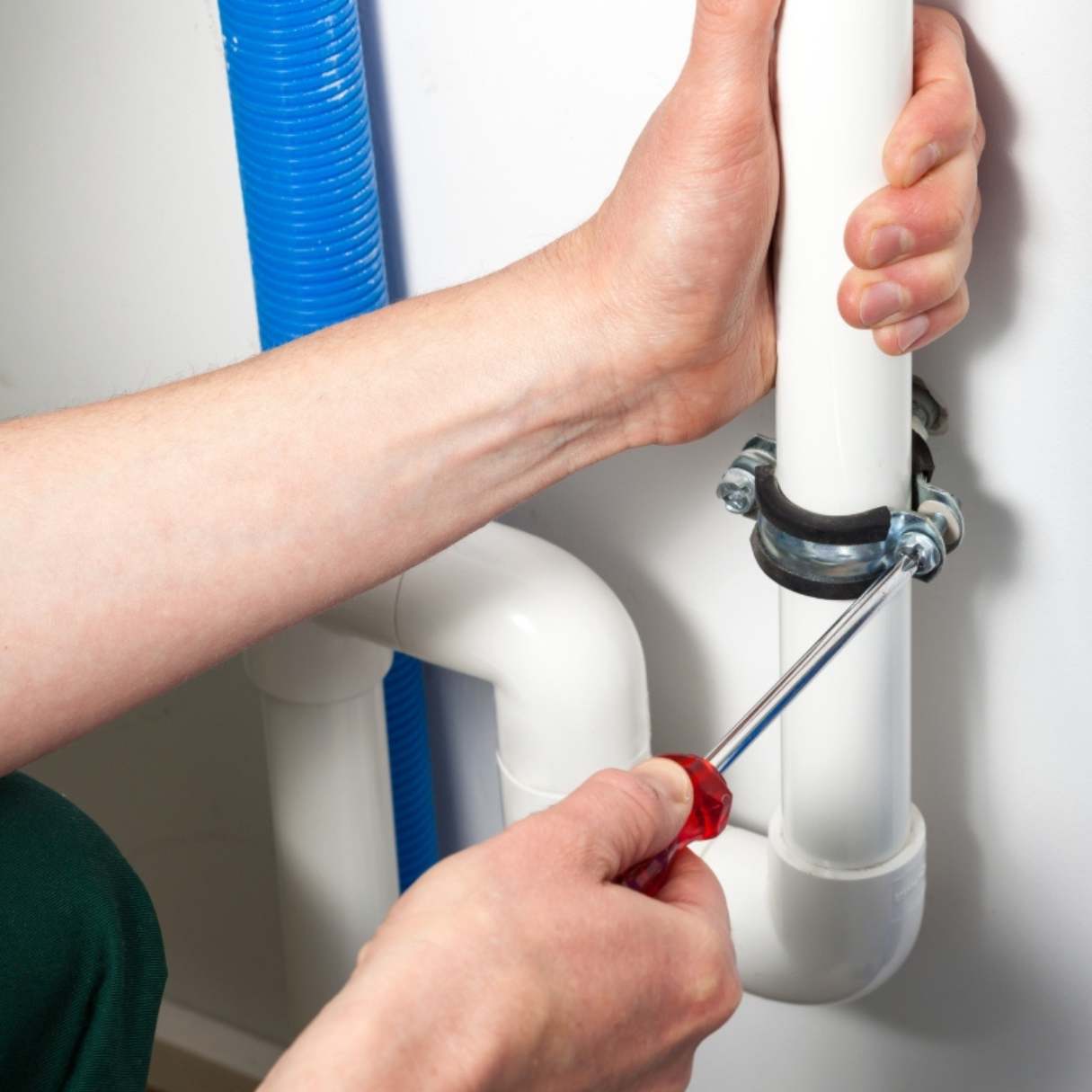
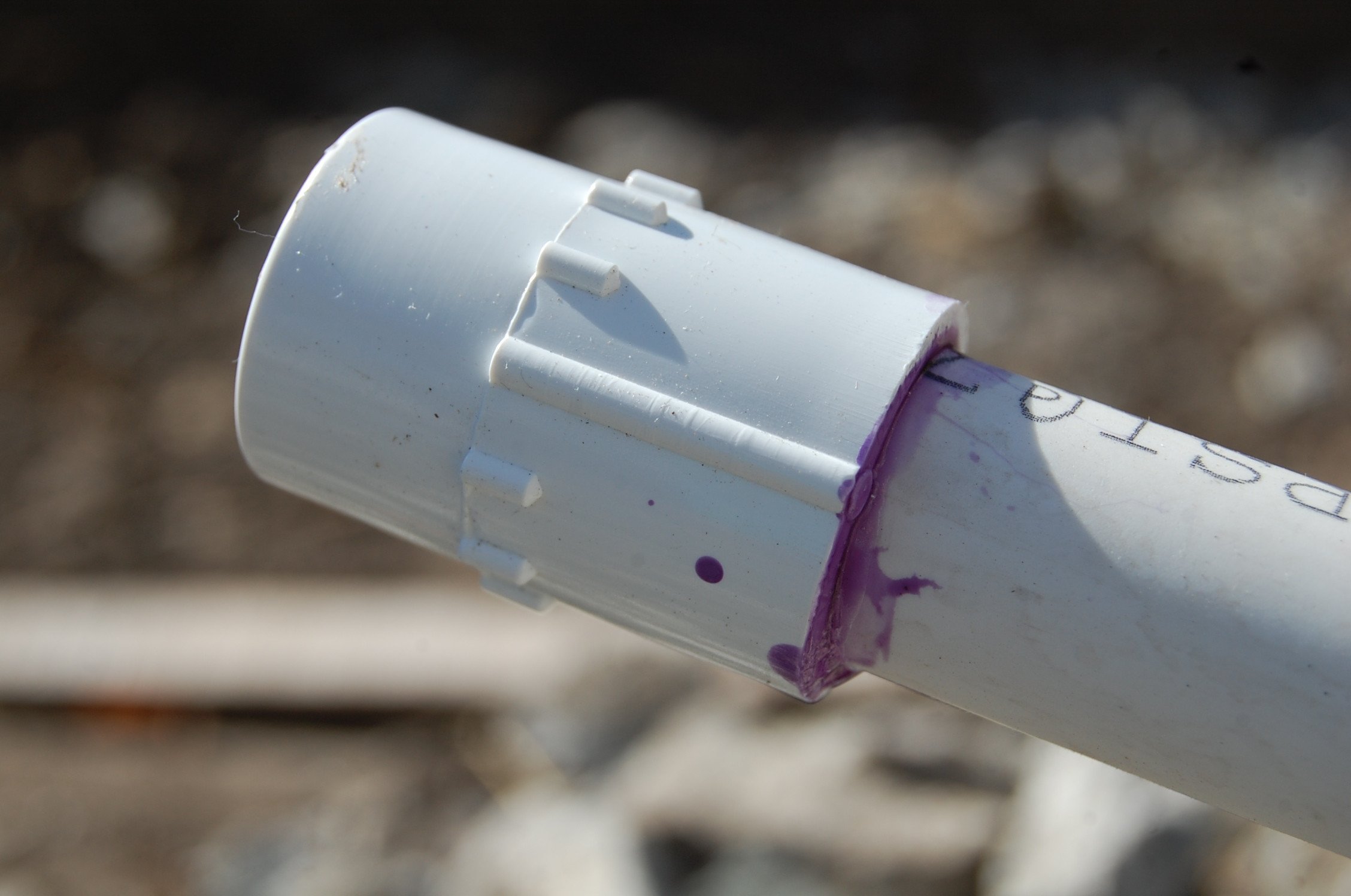

0 thoughts on “How To Measure Plumbing Pipe Size”